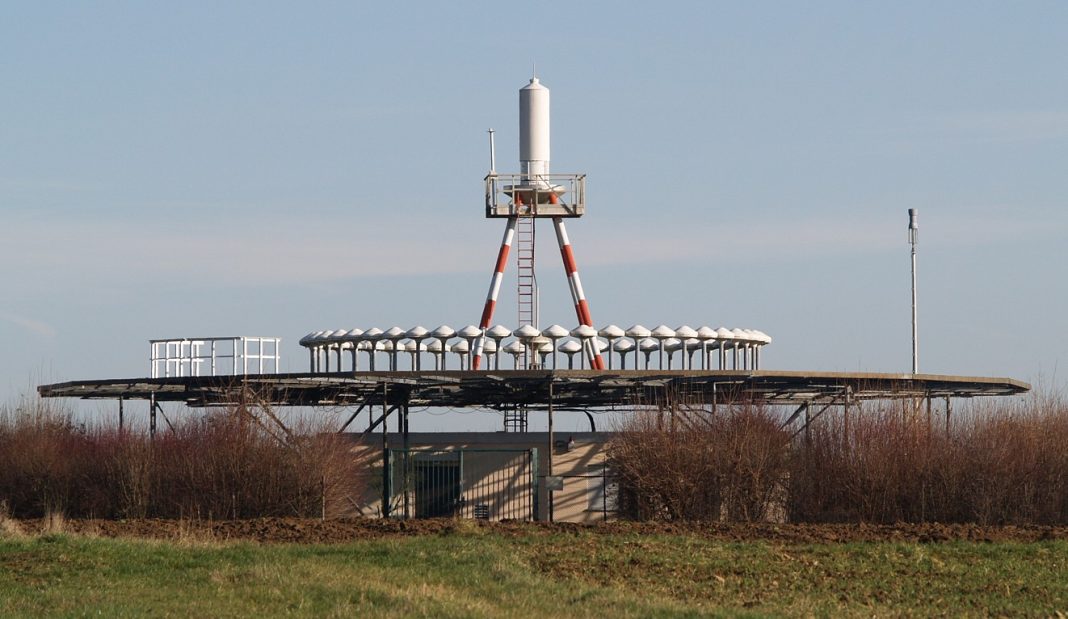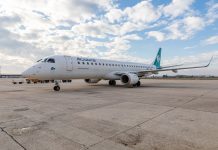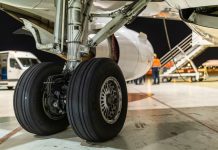Welcome back geek friends!
A quick warning before we start: the post you’re about to read is perhaps the most technical article on the “How does that work?” blog…
If you’re keen to unleash the volts and open up the panels concealing the technological marvels that allow aeroplanes to fly… read on!
“Very High Frequency Omnidirectional Range” (VOR) is a tool the invention of which dates back to the 1930s, having been modified and improved over the years. It was incorporated into short/medium range aircraft navigation systems in the 1950s and was then replaced by the Non-Directional Beacon in the 1960s. If you’re passionate about this topic, it’s time to read (again) the history of navigation systems in our #TBT section!
VOR is a system communicating through electromagnetic waves from 30 to 300 MHz, the same frequency used for communications in civil and naval aviation, as well as for transmission of some TV channels, especially in the past.

How does VOR work?
A fixed ground radio beacon, known as an electric beacon, emits a VHF radio signal using a bandwidth from 108.0 to 117.95 MHz. The receiver can then process the data to calculate the direction oriented to magnetic north and determine the aircraft’s bearing from the station. This direction, known as a radial, combined with another radial, creates an intersection, thereby establishing the aircraft’s position. Another signal, transmitted every five seconds in Morse Code, shows the pilot the name of the VOR station from which the signal is coming. According to this information, the pilot flies from station to station taking a specific course (VOR on the nose, VOR on the tail), always able to identify the next station…
VOR station types include High Altitude VOR (HVOR), Low Altitude VOR (LVOR) and Terminal VOR (TVOR), which are used for instrumental approach procedures.
Maybe that was a bit too geeky…? ☺
So… What does VOR look like?
VOR looks more or less like a compass. A weird compass with a vertical needle, a specific To/From indicator and a knob known as the Omni Bearing Selector, which is used to manually rotate the course card. In order to correctly interpret VOR, a pilot needs to know that the indications are independent of the longitudinal axis of the plane, that is the nose. That’s why we have the TO and FROM indicators, showing the pilot the selected radial and the relative position of the plane.
Want more like this? Keep following us!




